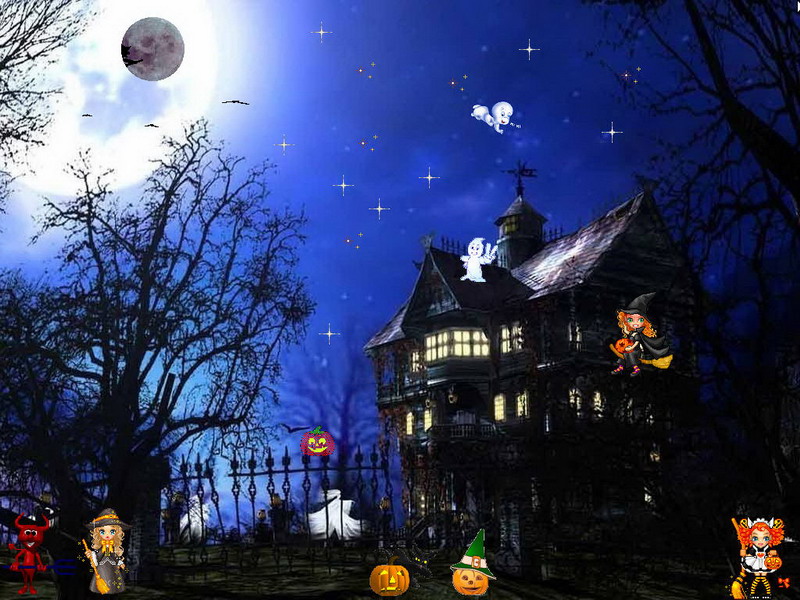Ancient Origins of Halloween
the origin of Halloween dates back to ancient Celtic festival of Samhain
The Celts, who lived 2,000 years ago in what is now Ireland, Britain and northern France, celebrated their new year on November 1. Today marks the end of summer and harvest and early winter, dark and cold, time of year often associated with human death. Celts believed that on the night before the new year, the boundary between the living and the dead became blurred. On the night of October 31, they celebrated Samhain, when it is believed that the ghosts of the dead returned to earth. In addition to causing disruption and damage to crops, Celts thought that the presence of the spirits world making it easier for the Druids, or Celtic priests, to make predictions about the future. For people who are entirely dependent on the volatile nature, these prophecies were an important source of comfort and direction during the winter, long and dark.
To commemorate the event, Druids built huge sacred bonfire, where people gathered to burn crops and animals as sacrifices to Celtic deities.
During the celebration, the Celts wore costumes, typically consisting of animal heads and skins, and try to tell their fortune. When the celebration was over, they re-lit their hearth fires, which they had extinguished earlier that evening, from the sacred bonfire to help protect them during the coming winter.




















